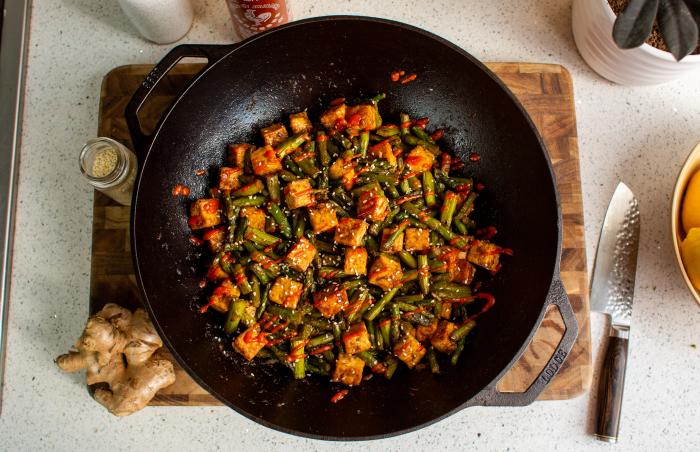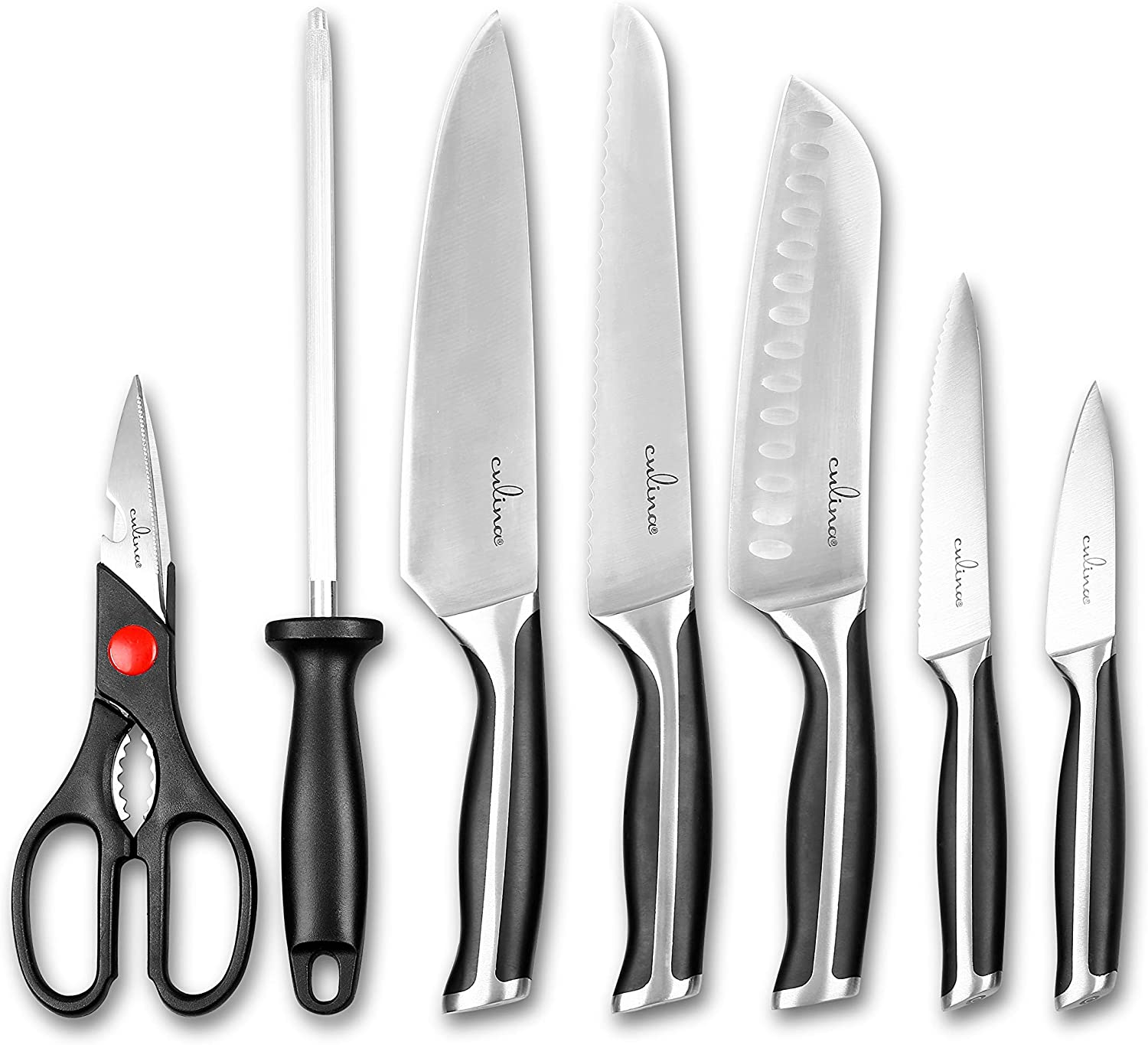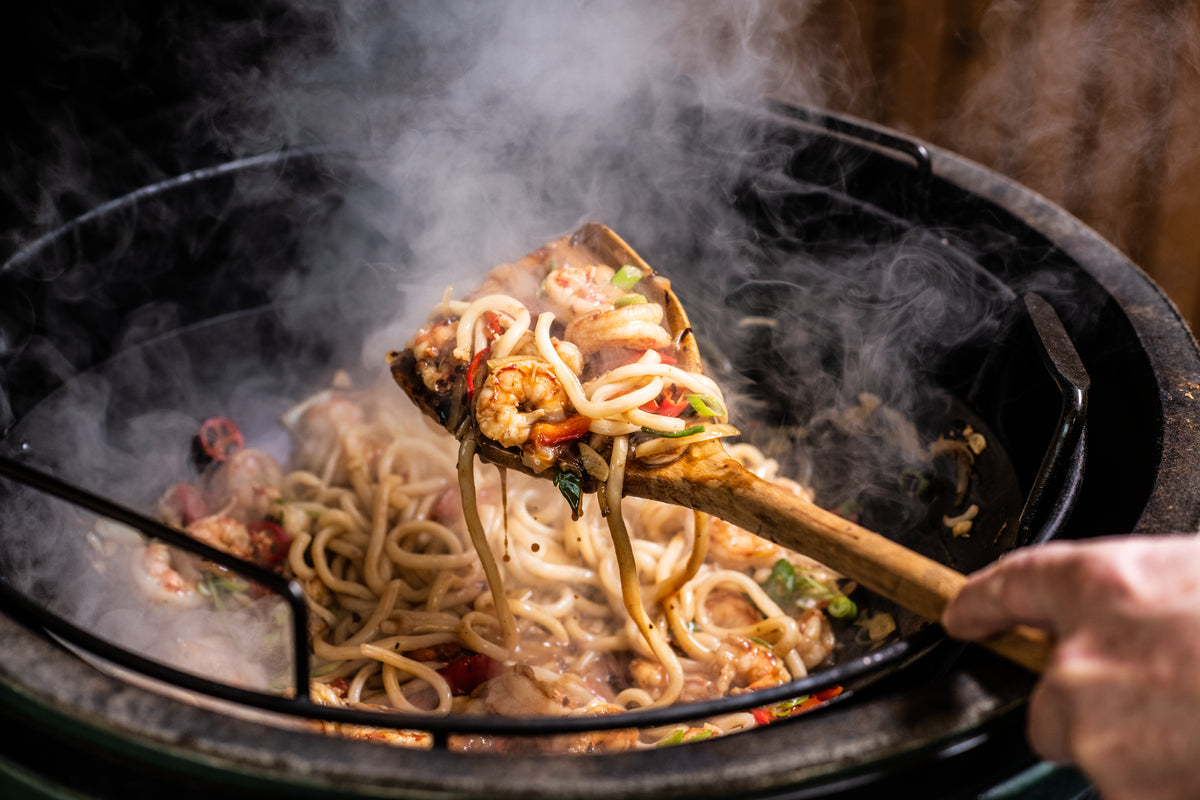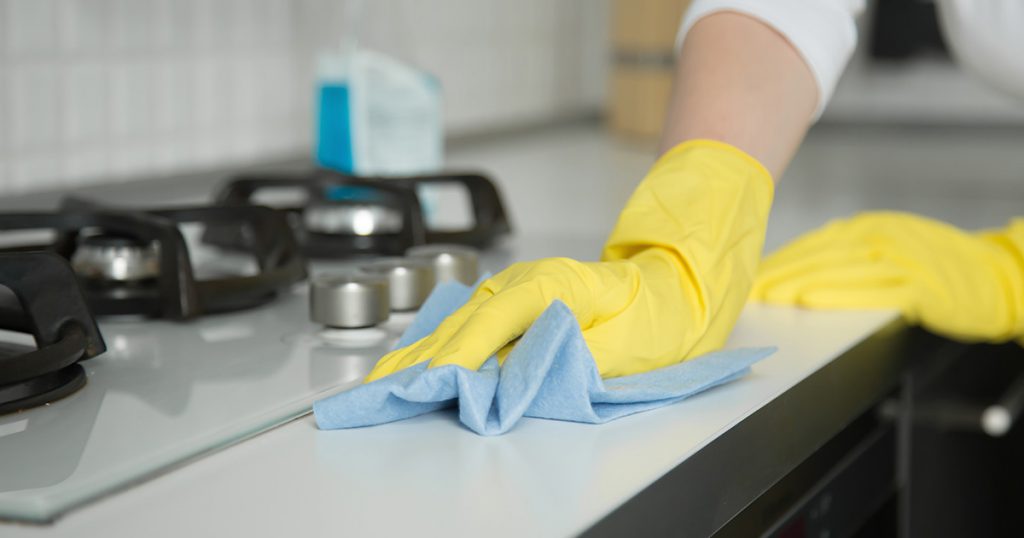For kitchen professionals, mastering the technique of how to season wok with wooden handle is essential. A properly seasoned wok not only enhances the flavor of your meals but also increases the longevity of your cooking instrument. This guide delves into the steps required to skillfully season your wok, ensuring that it remains non-stick and ready for high-heat cooking.
Before we dive into the specifics, lets briefly touch on what seasoning means in the context of woks. Seasoning a wok involves creating a protective layer on its surface that minimizes food sticking and maximizes flavor while cooking. This process is essential for woks with a wooden handle to prevent moisture from damaging this critical component. Lets explore every aspect of achieving a beautifully seasoned wok.

Importance of Seasoning Your Wok
When you season your wok, you essentially prepare it for the demands of high-temperature cooking. A well-seasoned wok offers:
- Improved Flavor: The seasoning process adds a subtle, unique flavor to your dishes.
- Non-Stick Surface: Proper seasoning creates a natural non-stick coating.
- Durability: Regularly seasoned woks can withstand the rigors of daily cooking.
- Easy Cleaning: Seasoning reduces the amount of food that sticks and makes cleaning easier.

Materials Needed for Seasoning Your Wok
Youll need the following items to season your wooden handle wok:
- High smoke point oil (such as canola oil, grapeseed oil, or peanut oil)
- A clean, dry wok
- Heat source (stove or induction cooktop)
- Paper towels
- Heat-resistant gloves
- Optional: seasoning salt
:max_bytes(150000):strip_icc()/WokSills101-StirFrying-VickyWasik1-947e9de8656942a185a124d561050d8e.jpg)
Step-by-Step Instructions for Seasoning Your Wok
Now that you have prepared all the required materials, lets proceed with the seasoning process.
Step 1: Clean Your Wok
Start by washing your wok thoroughly with hot, soapy water. Use a scrubber to remove any factory coating or residues that may hinder the seasoning process. Rinse well and dry completely with a towel.
Step 2: Apply Oil to the Surface
Pour a small amount of your high smoke point oil onto a paper towel and rub it evenly across the interior surface of the wok. Ensure you cover the sides too, but be careful not to saturate the wooden handle. A light coat is sufficient.
Step 3: Heat the Wok
Place your oiled wok on the heat source. Turn the heat to medium-high. You will notice the oil starting to smoke, which means you are on the right track. Allow it to smoke for about 10 minutes; this will help the oil bond with the woks surface.
Step 4: Cool Down and Wipe Off Excess Oil
Once you see a dark patina form inside the wok, turn off the heat and allow the wok to cool naturally. After its cool, use a clean paper towel to wipe away any excess oil.

Maintaining Your Seasoned Wok
Maintaining the seasoning on your wok is crucial for its longevity. Heres how to keep your wok in top shape:
- After each use, avoid using soap. Instead, rinse with hot water and scrub gently with a soft sponge.
- Always dry your wok completely after washing to avoid rust.
- If you notice food starting to stick, it may be time for a light re-seasoning.
- Store your wok in a dry environment and consider placing a paper towel inside to absorb any moisture.
Common Mistakes to Avoid When Seasoning Wok
Even the best kitchen professionals can make mistakes. Heres what to avoid:
- Using too much oil remember, less is more when it comes to seasoning.
- Skipping the cleaning step can lead to an uneven surface that is difficult to season.
- Failing to dry the wok properly can result in rust, particularly on the handle.
FAQs about Seasoning Woks
What oil is best for seasoning a wok?
It's best to use oils with a high smoke point, such as peanut oil, canola oil, or grapeseed oil.
How often should I season my wok?
This depends on your usage. Regular use may require a seasoning every few months, while less frequent use might need a full re-seasoning once a year.
Can I use my seasoned wok for different types of dishes?
Yes! A well-seasoned wok is versatile and can be used for stir-frying, steaming, and even deep-frying.
For further reading, check out this guide on choosing a wok. If you're interested in cleaning techniques, refer to how to clean your wok.
As an Amazon Associate, I earn from qualifying purchases.






Leave a comment
This site is protected by hCaptcha and the hCaptcha Privacy Policy and Terms of Service apply.